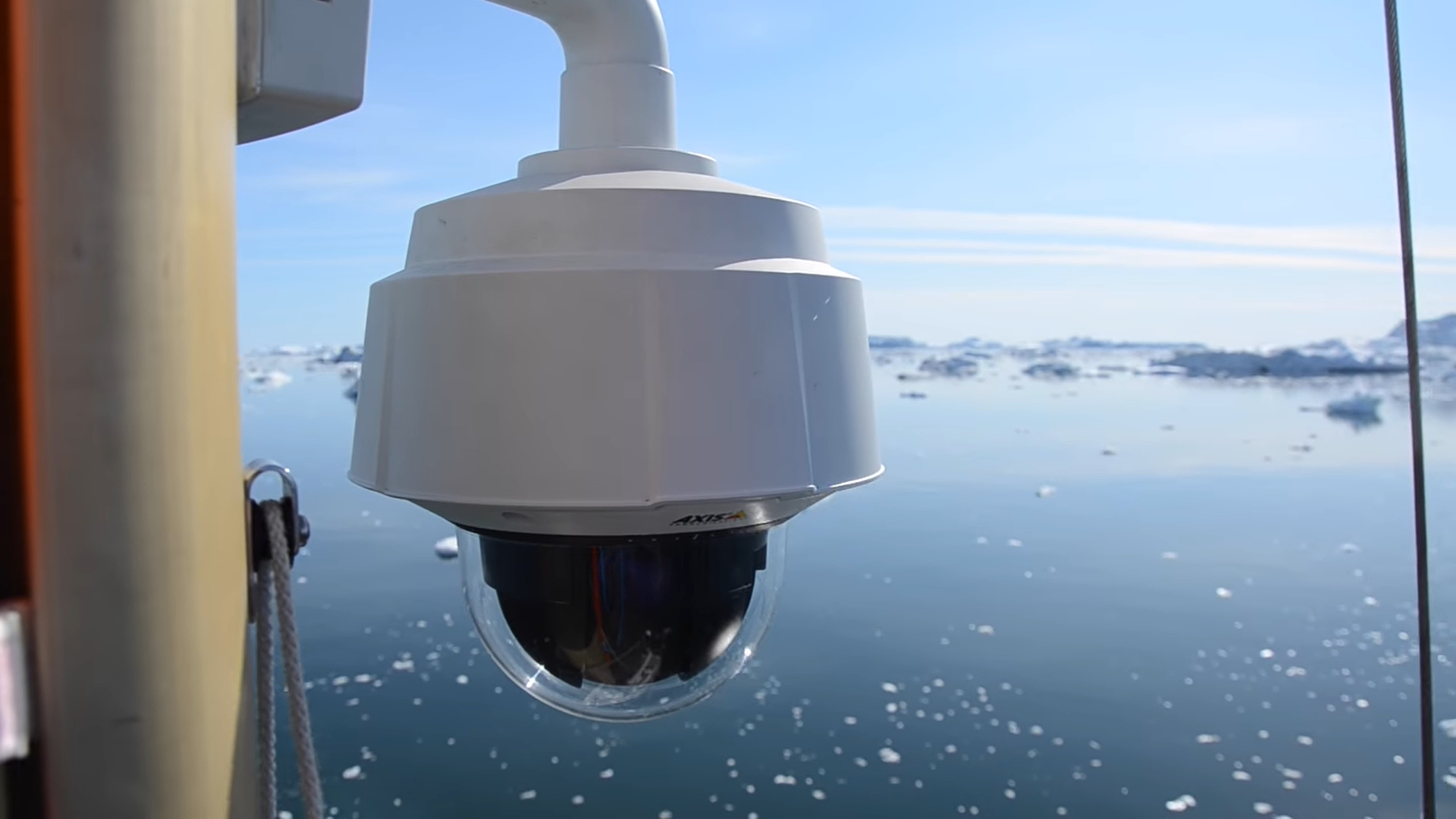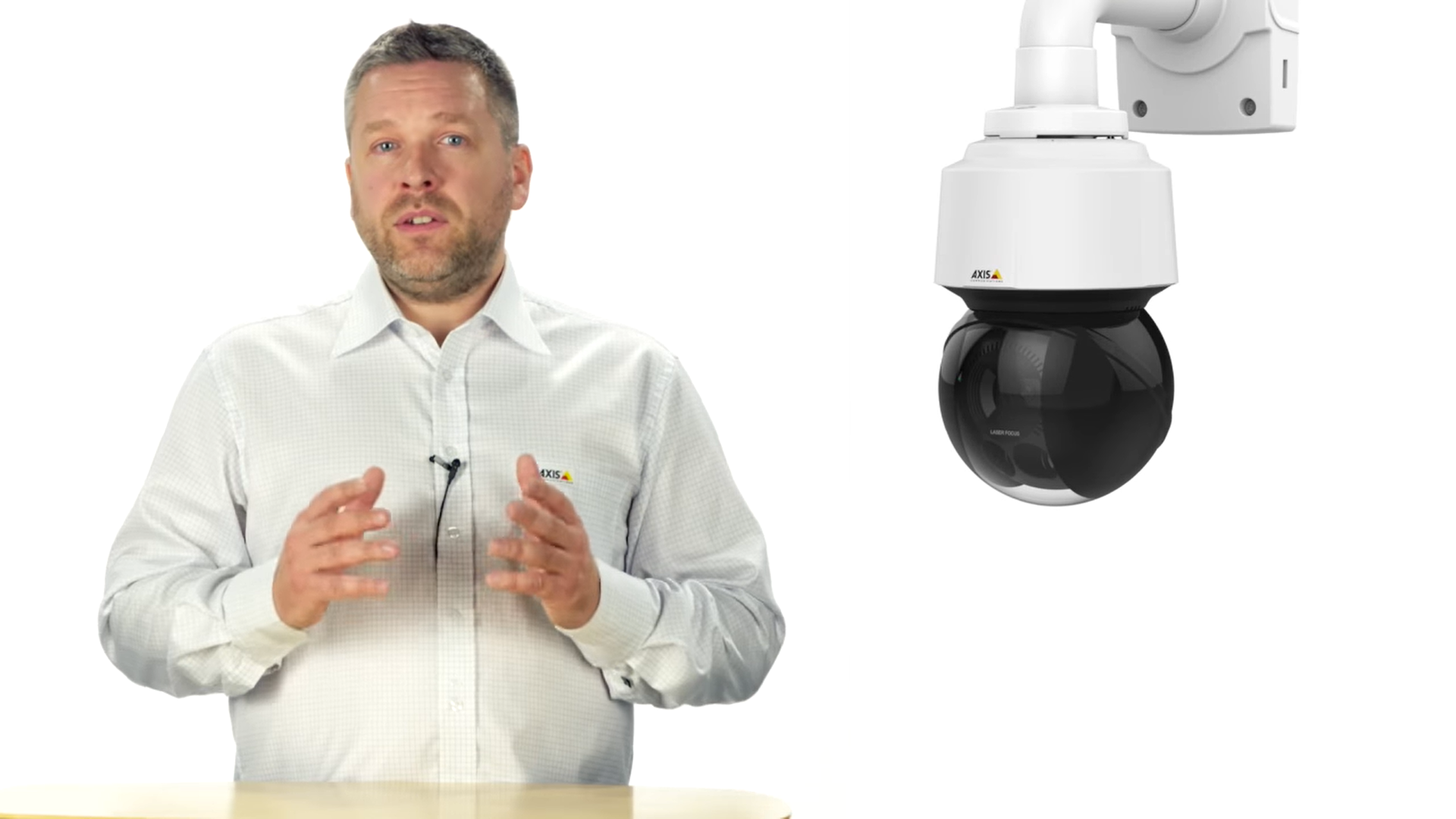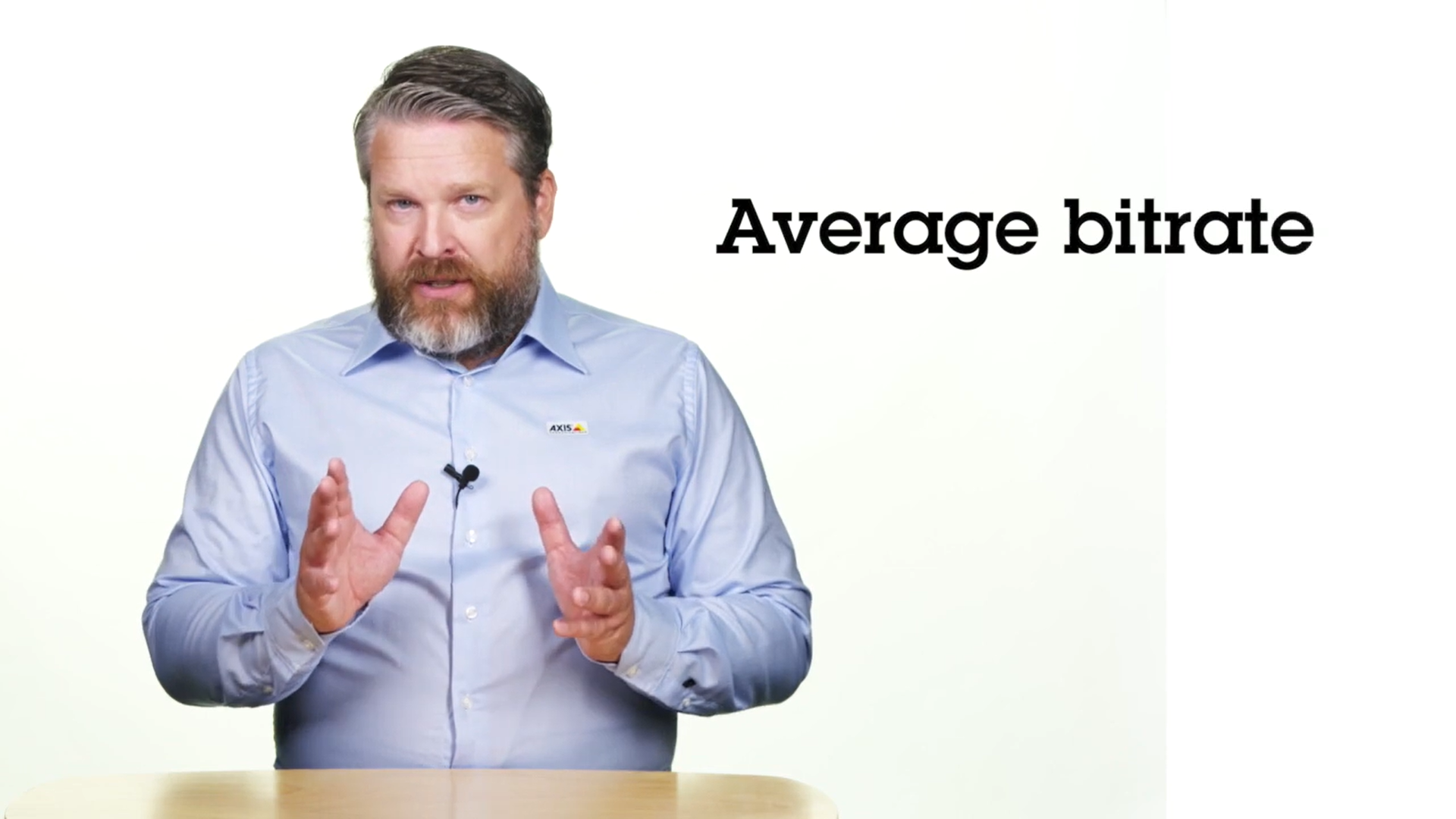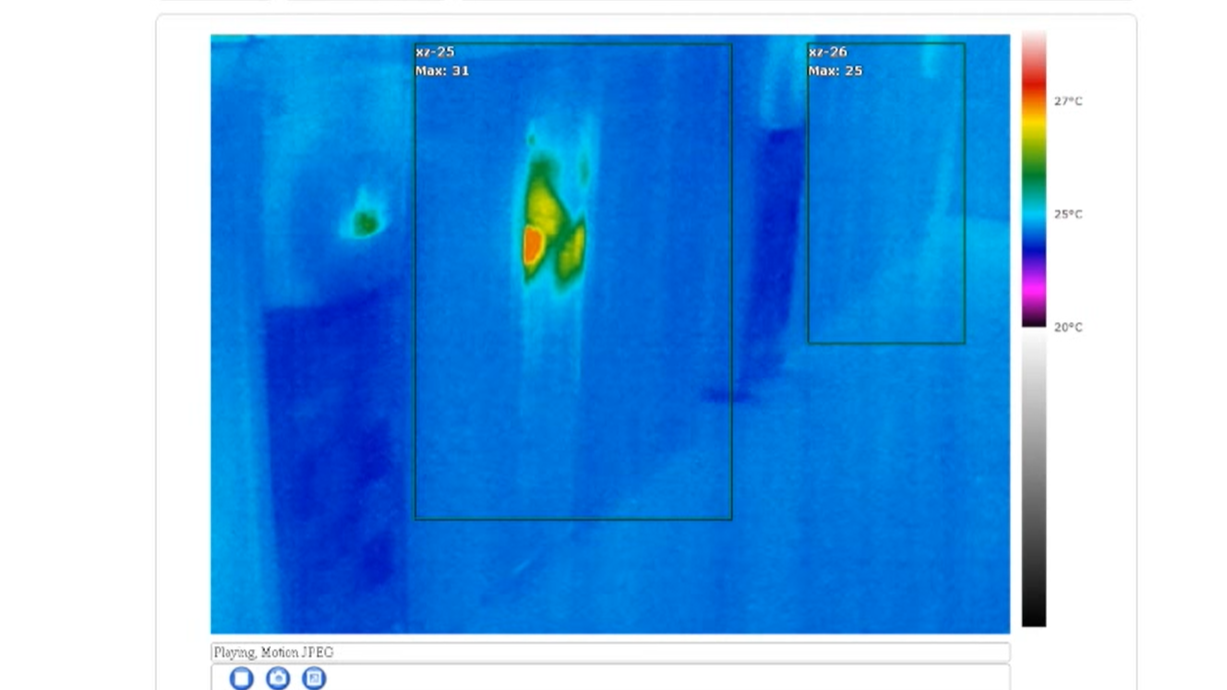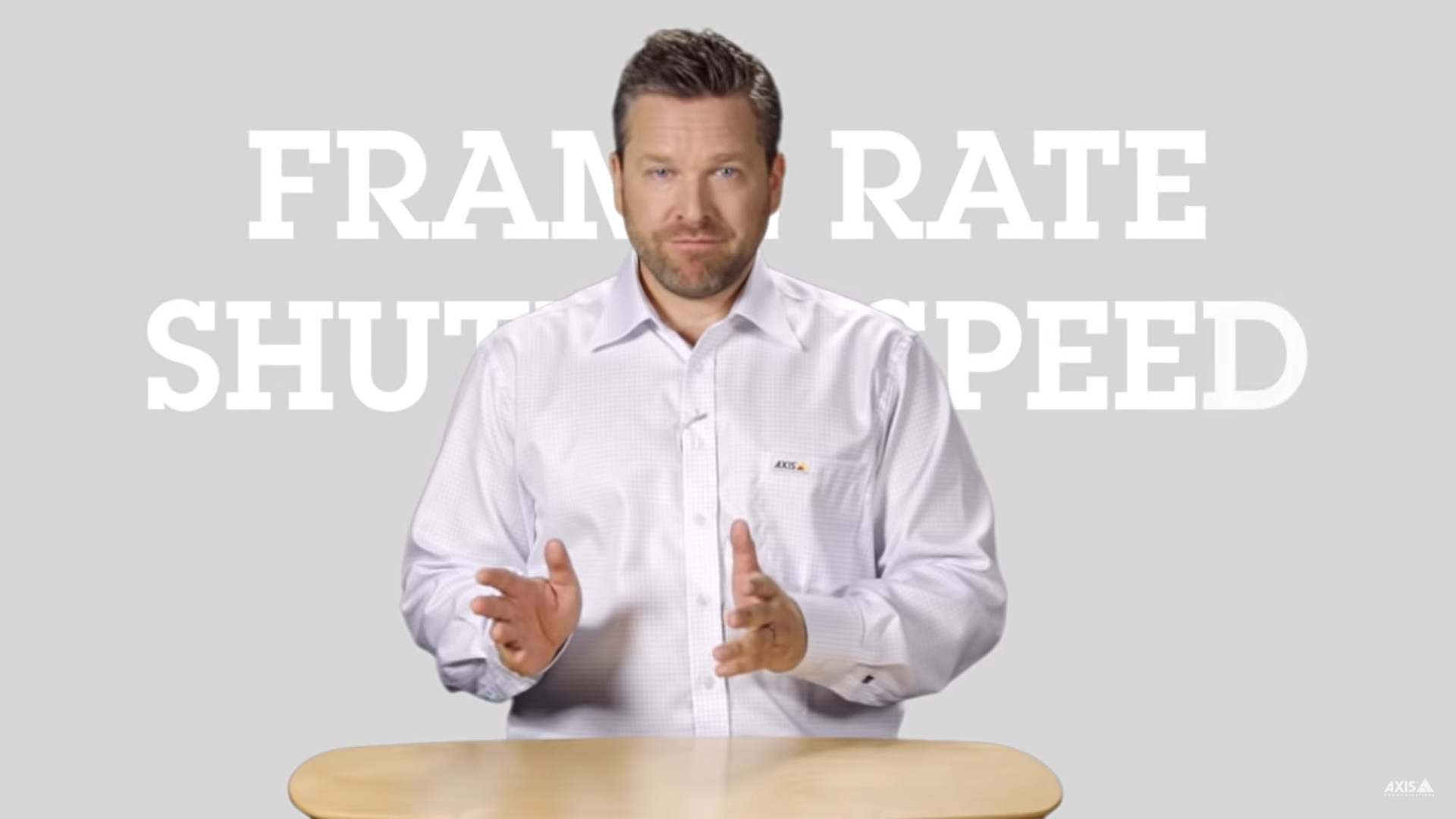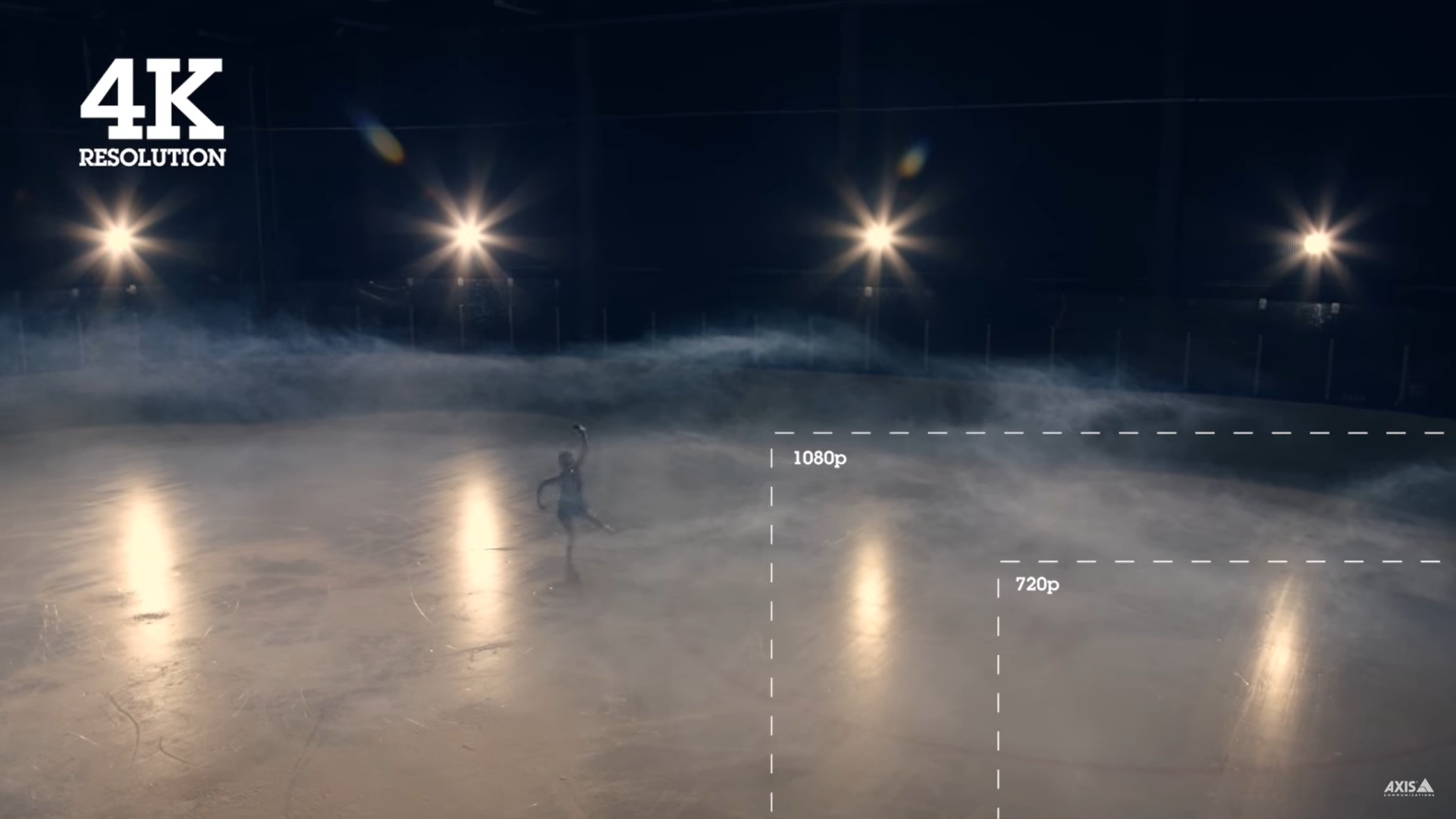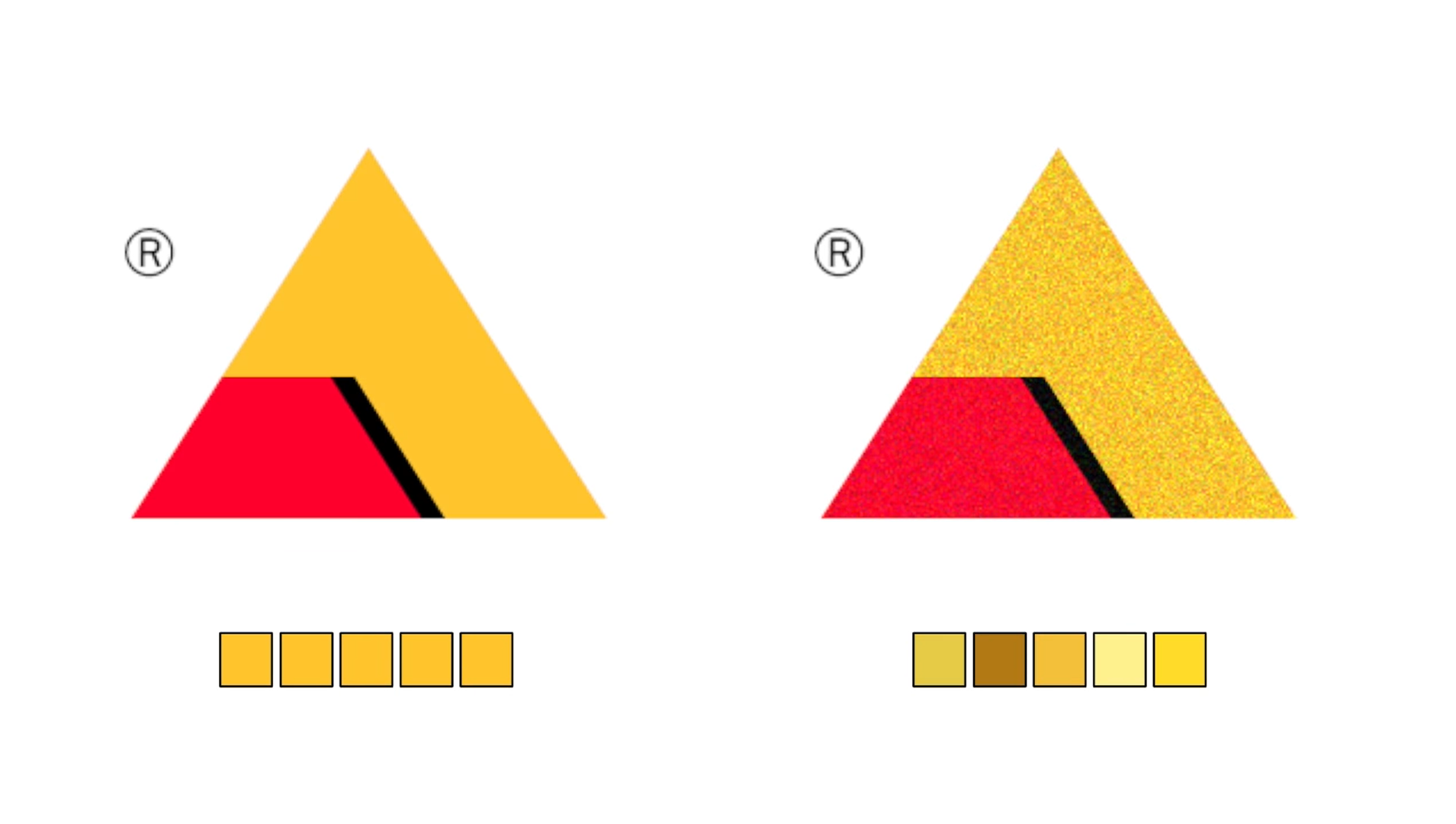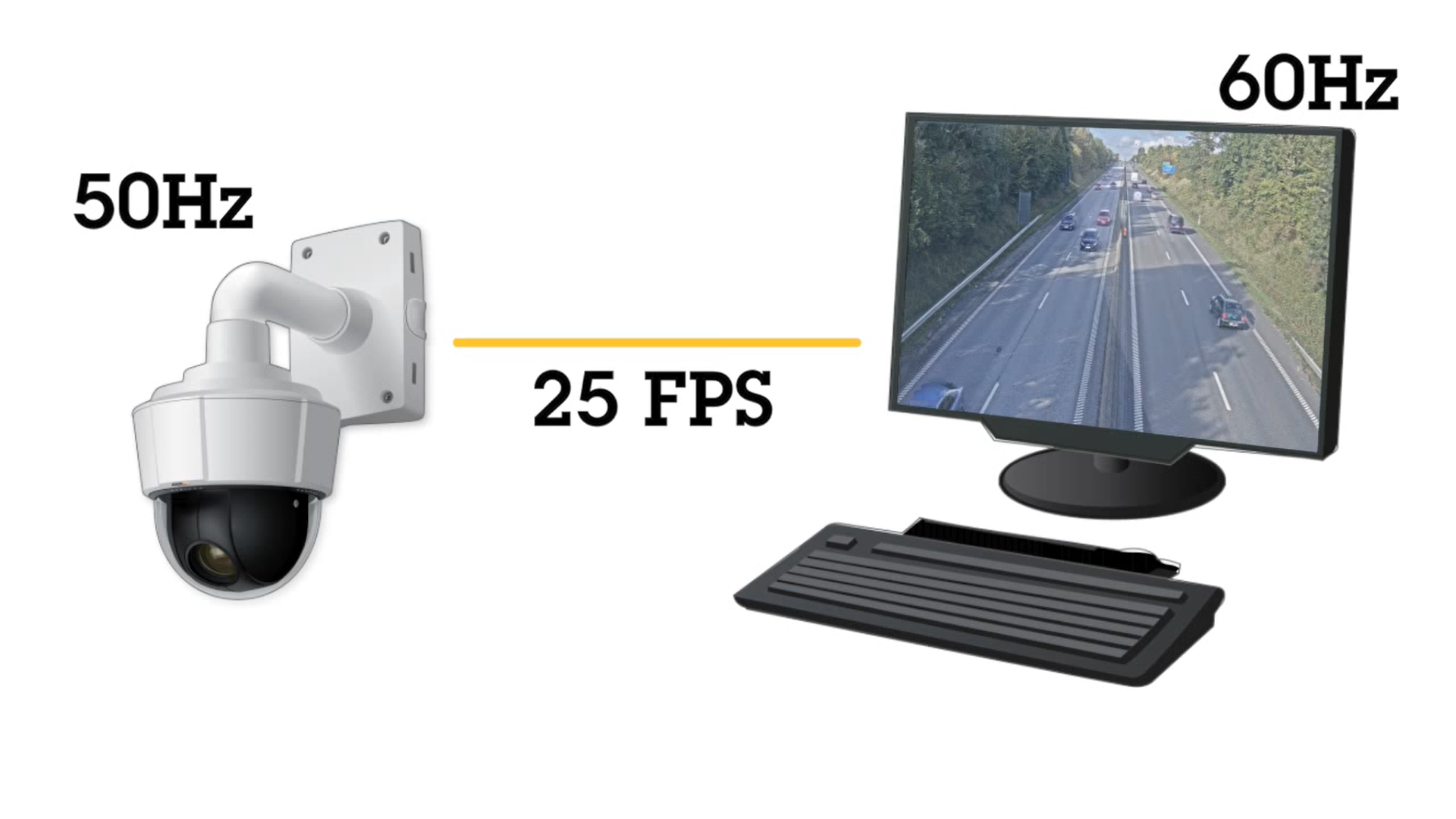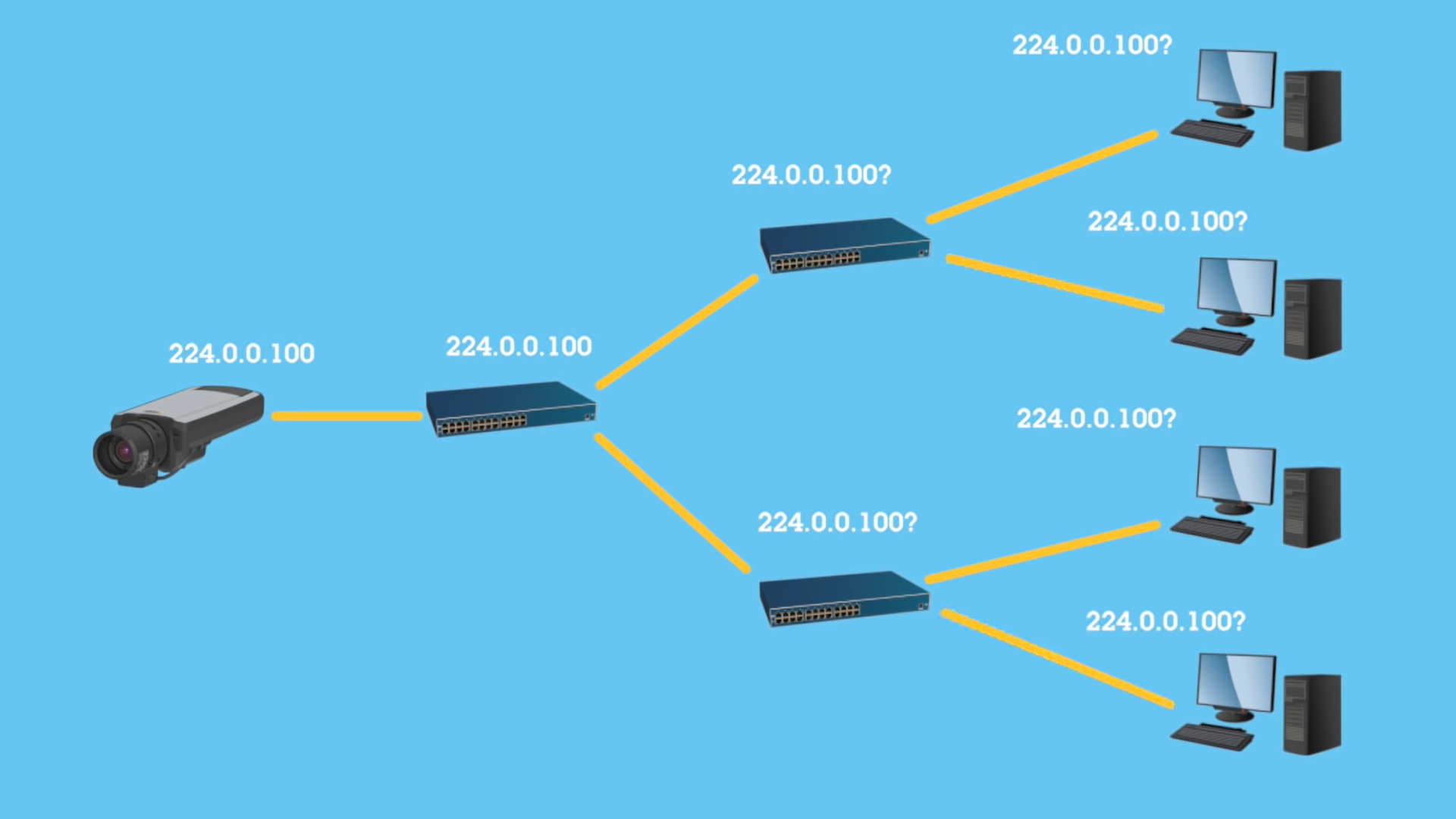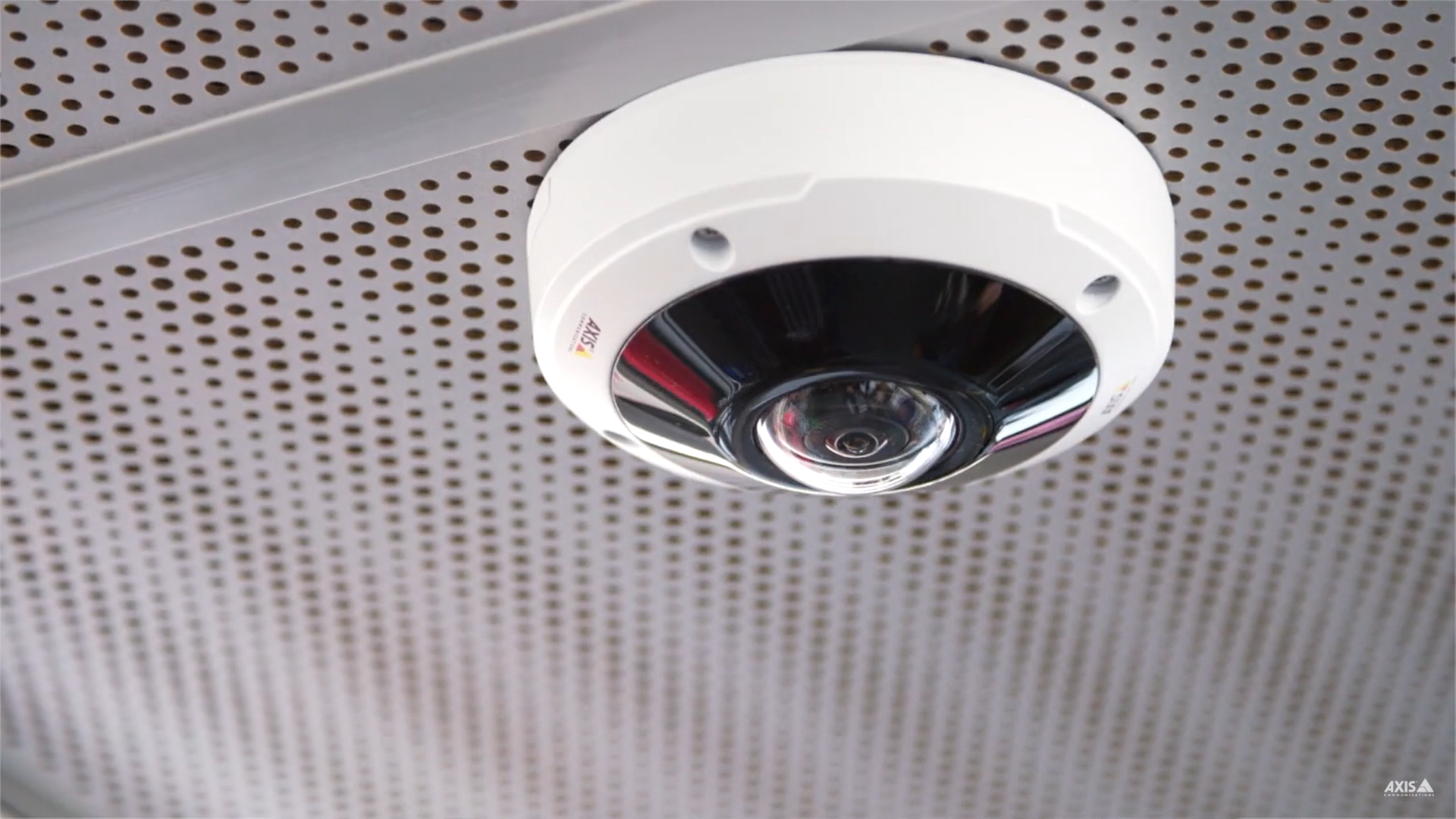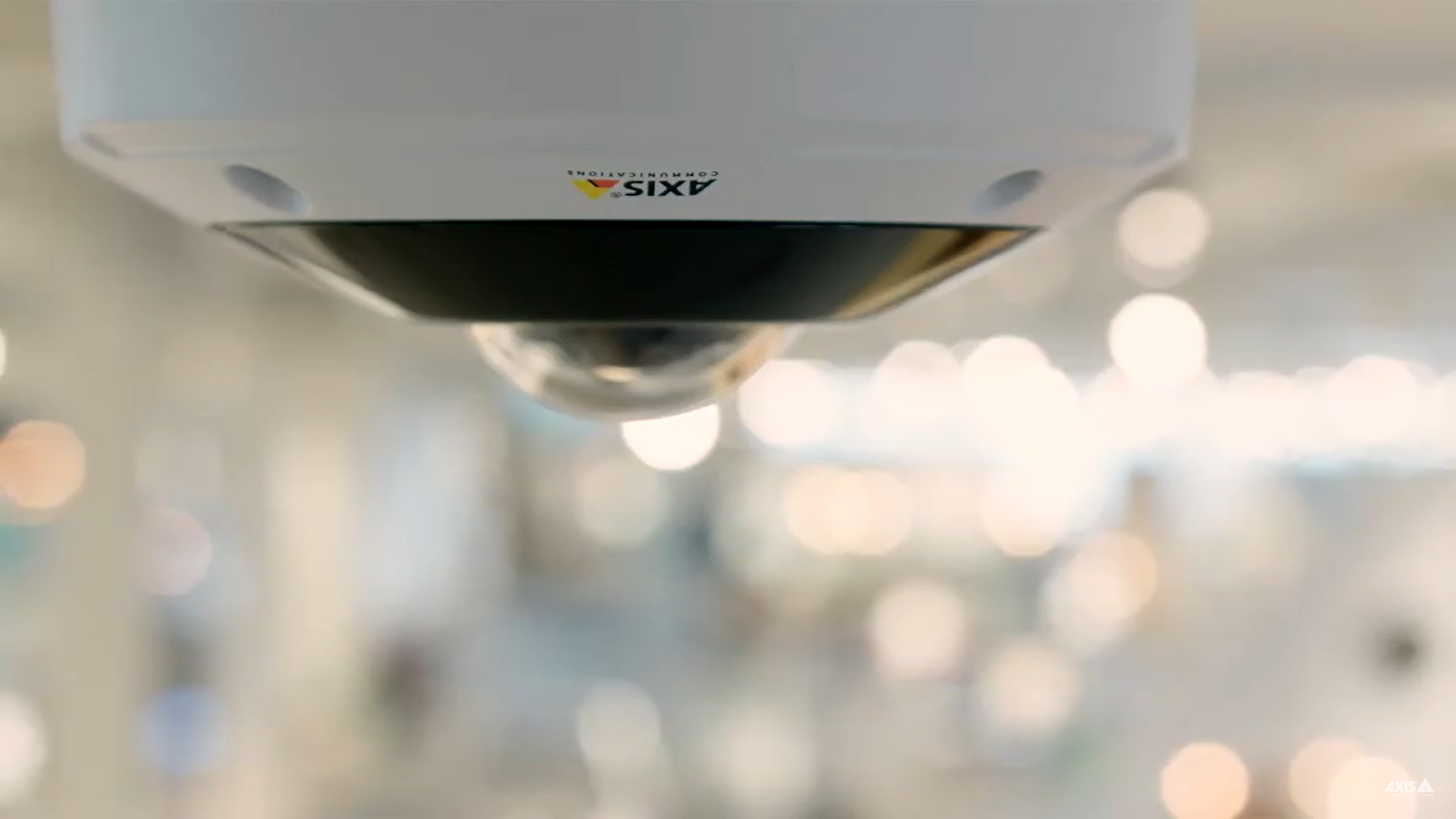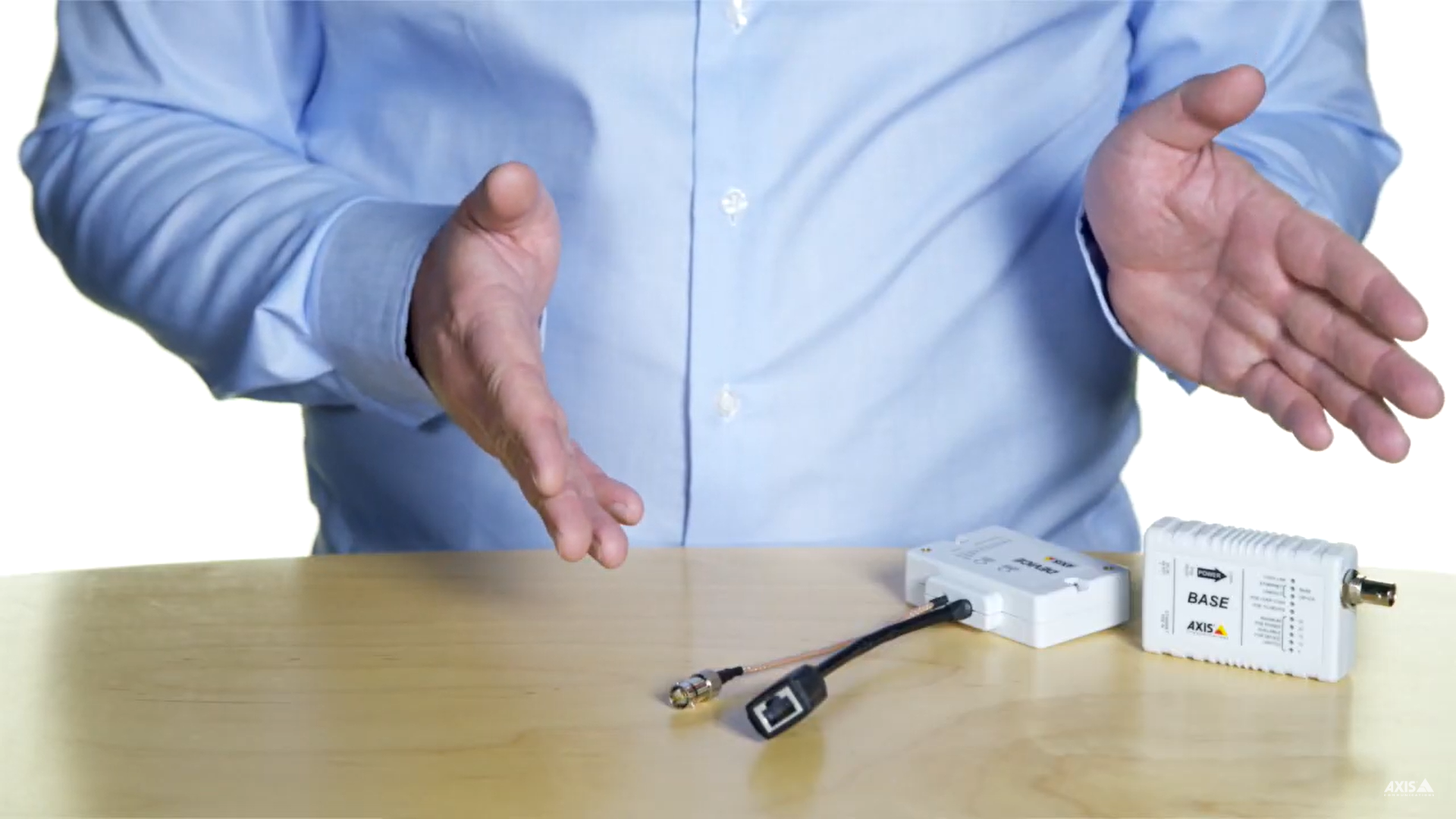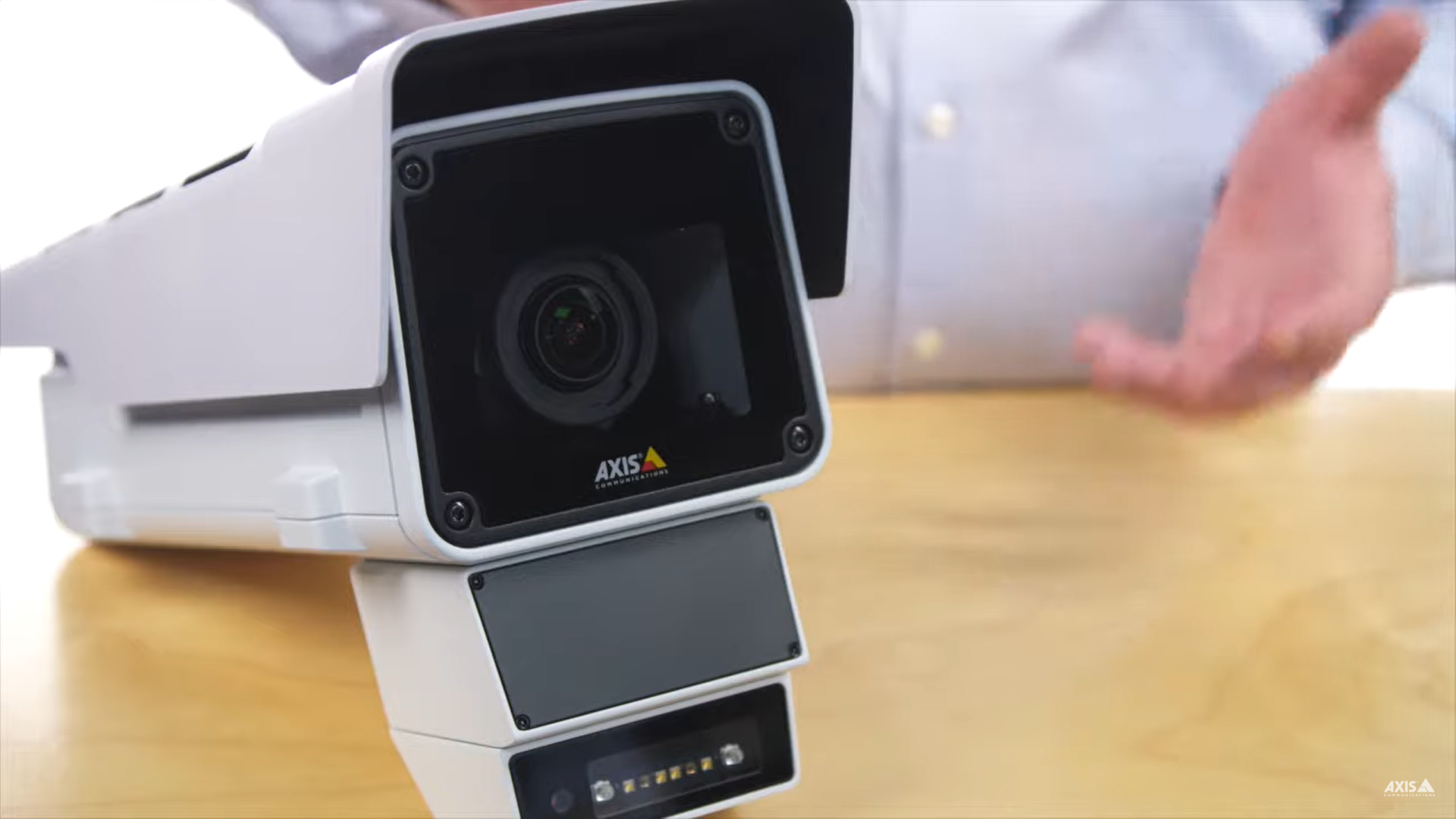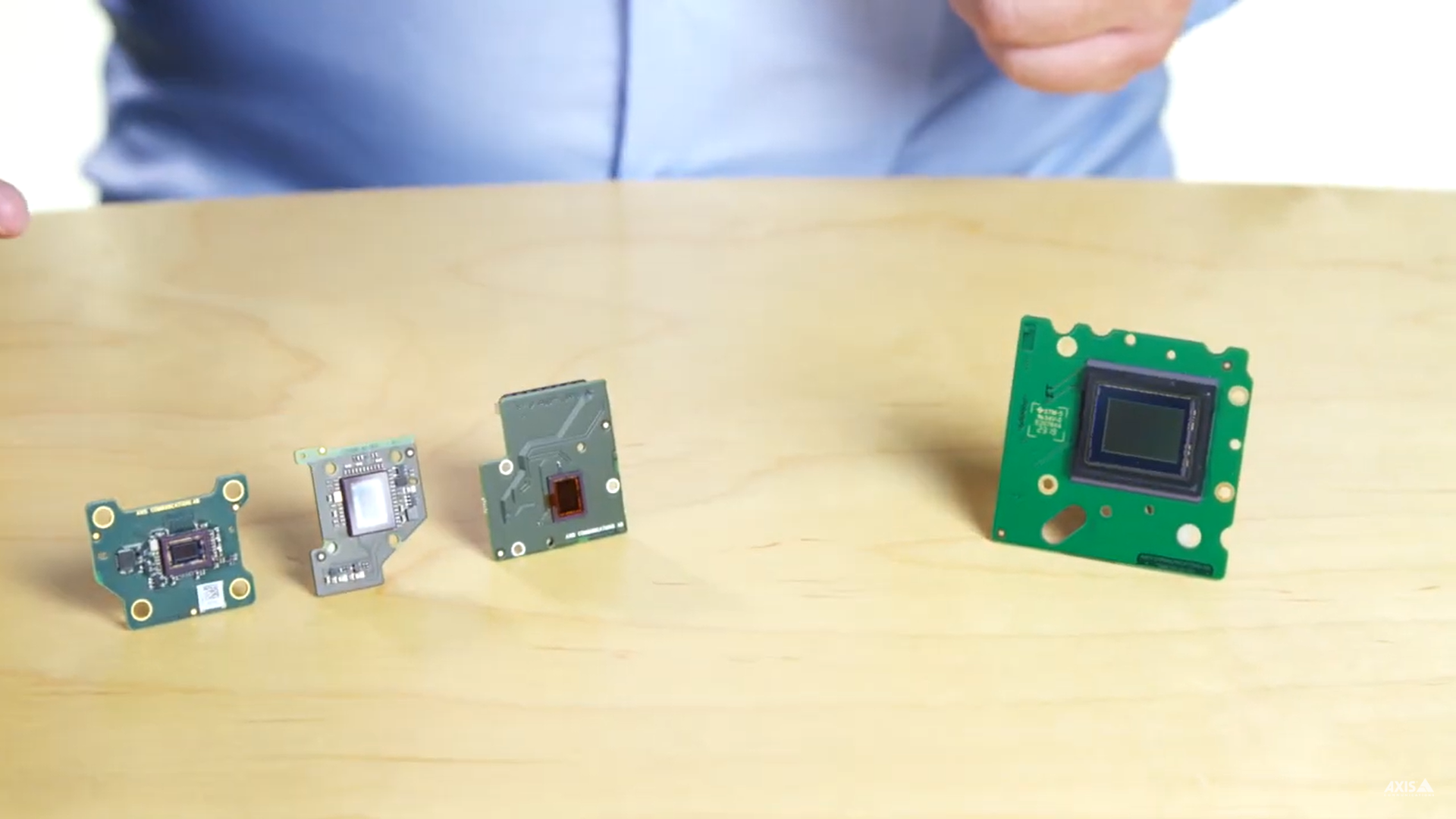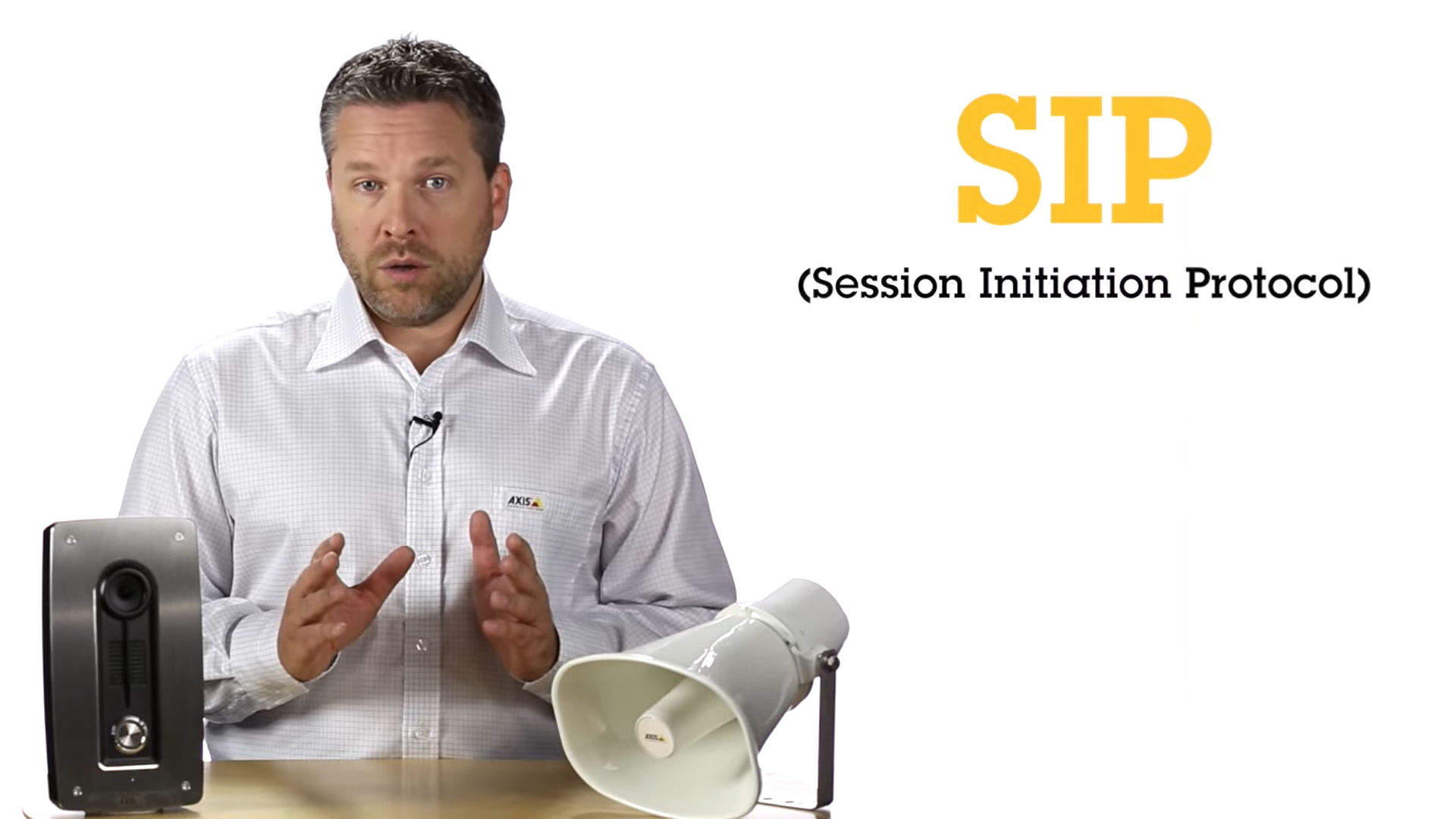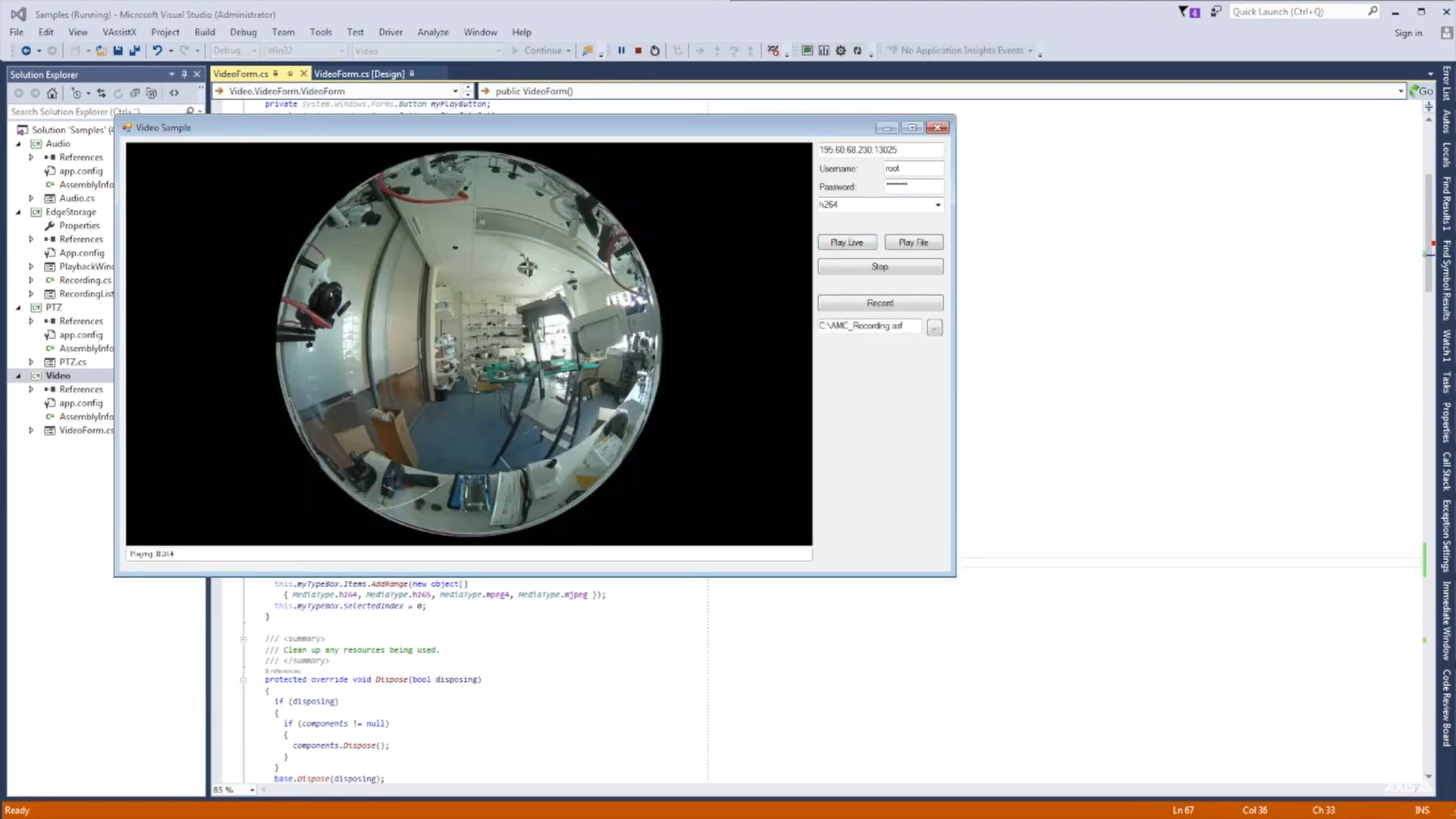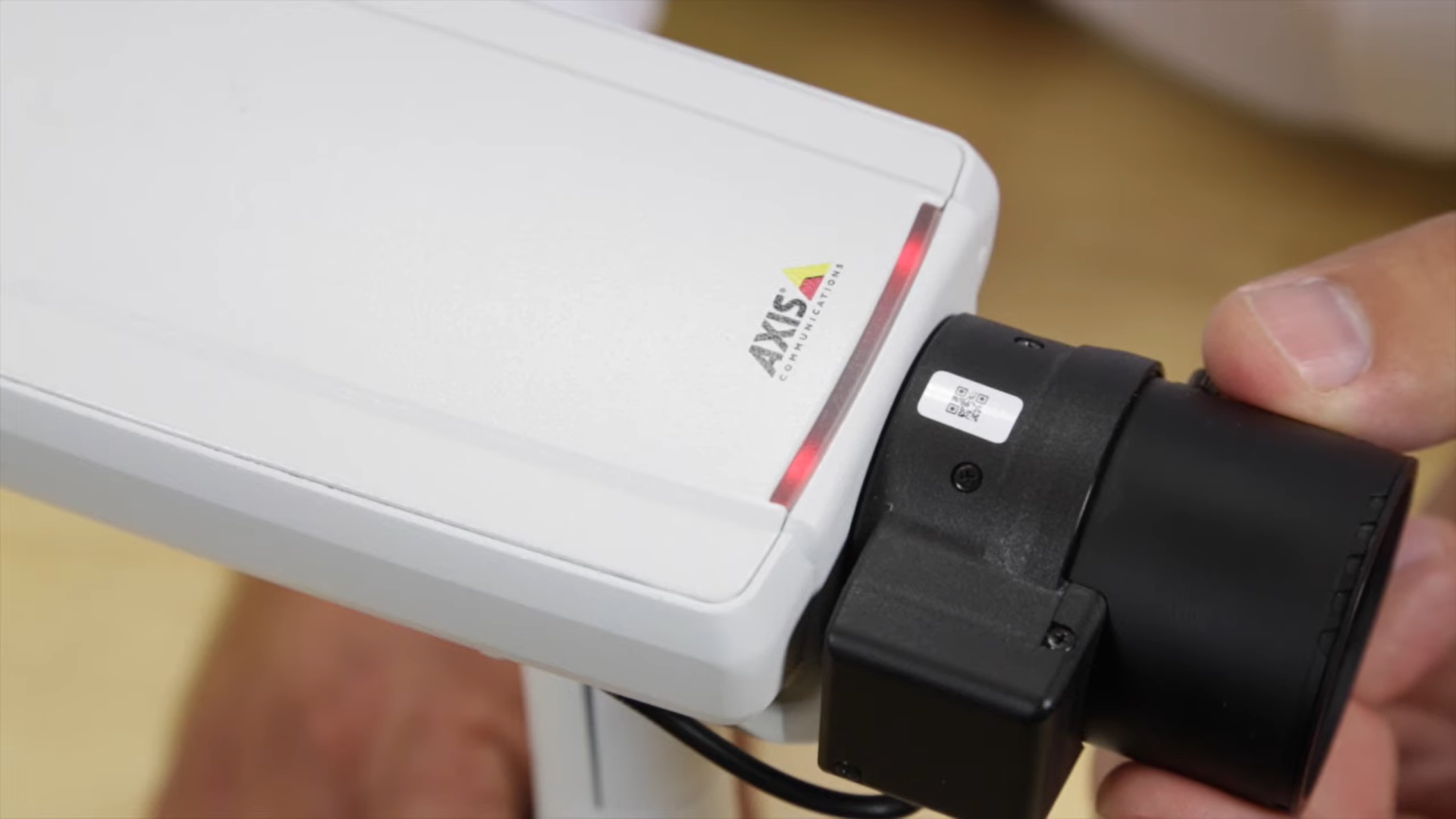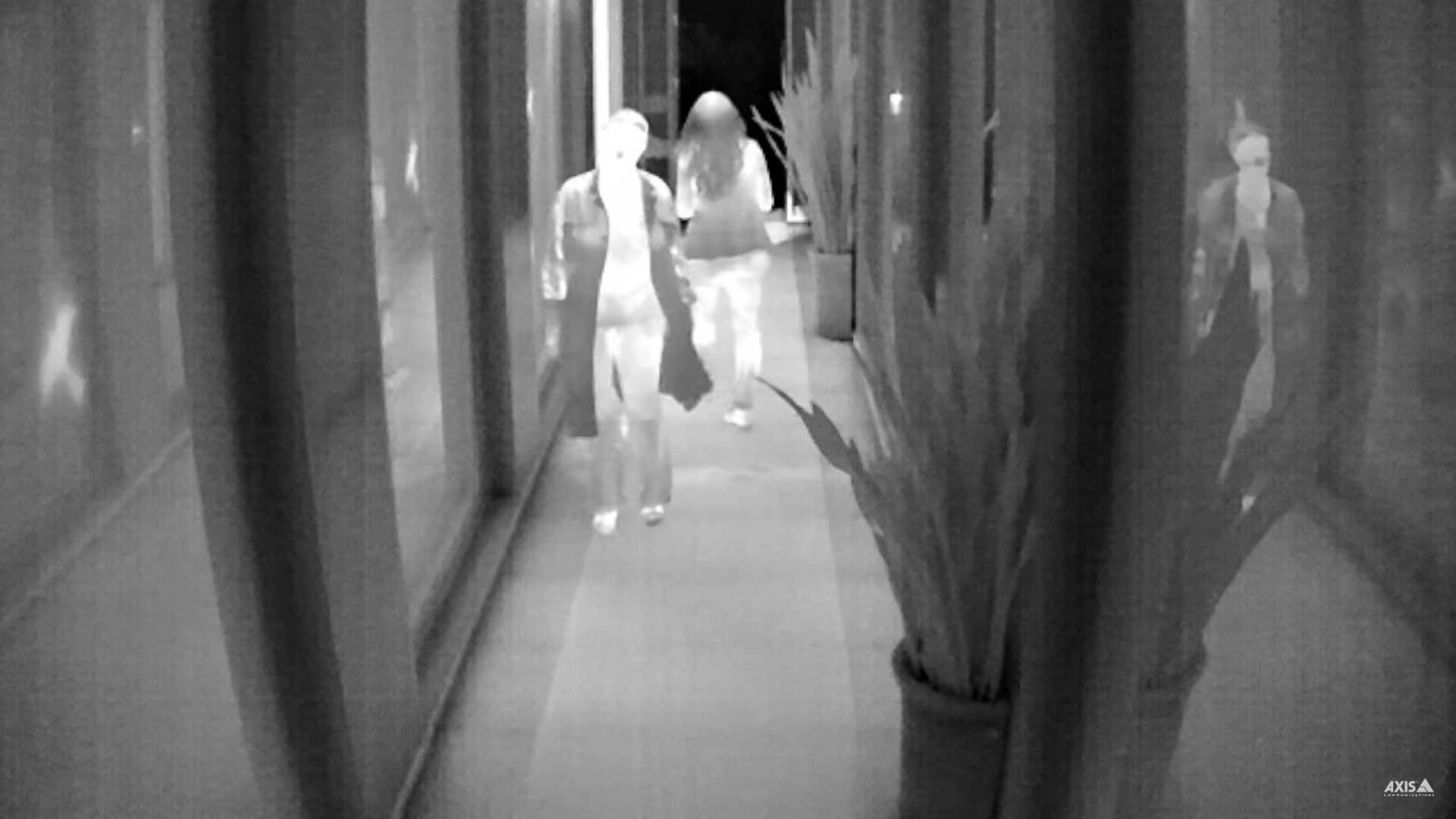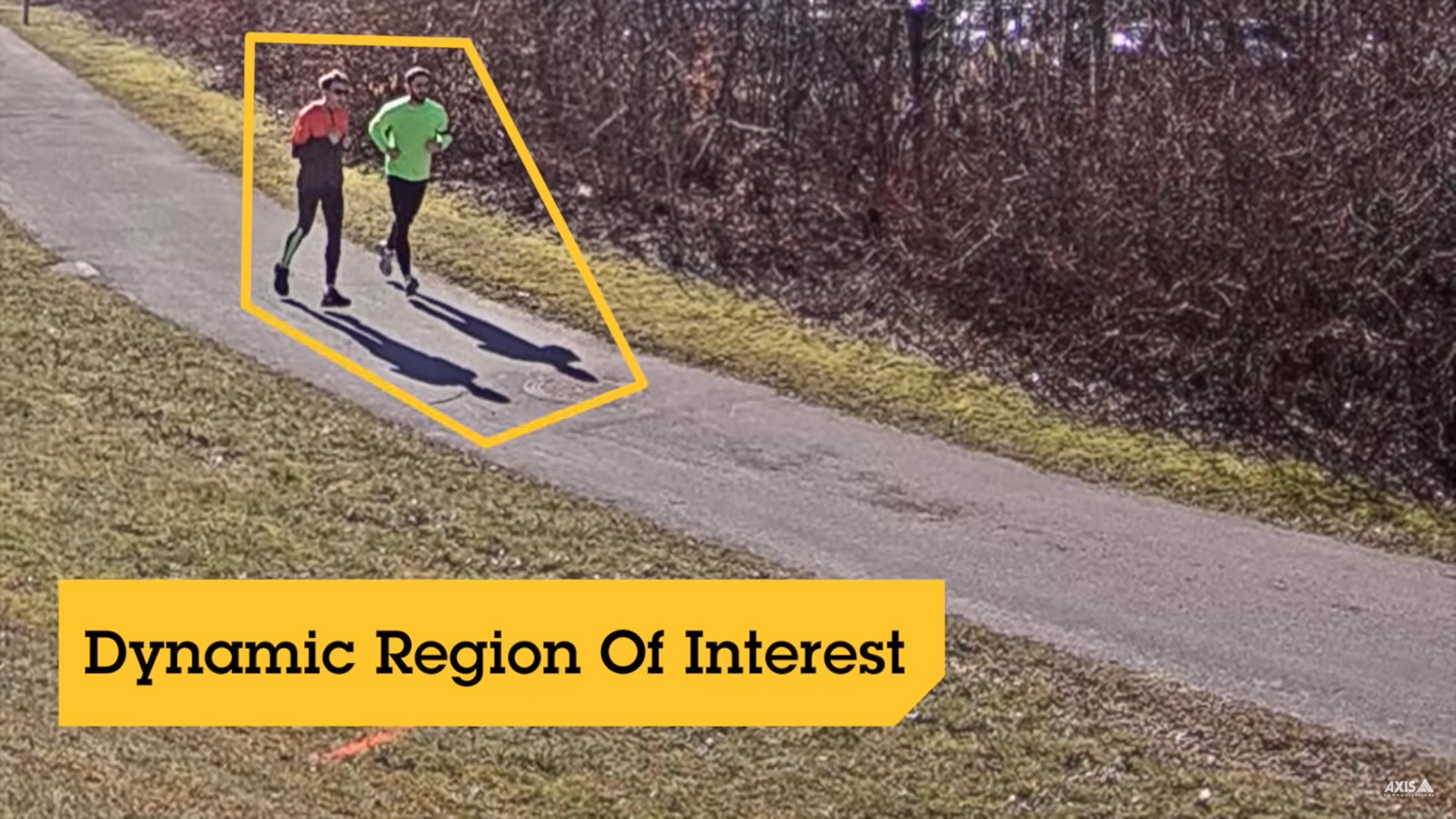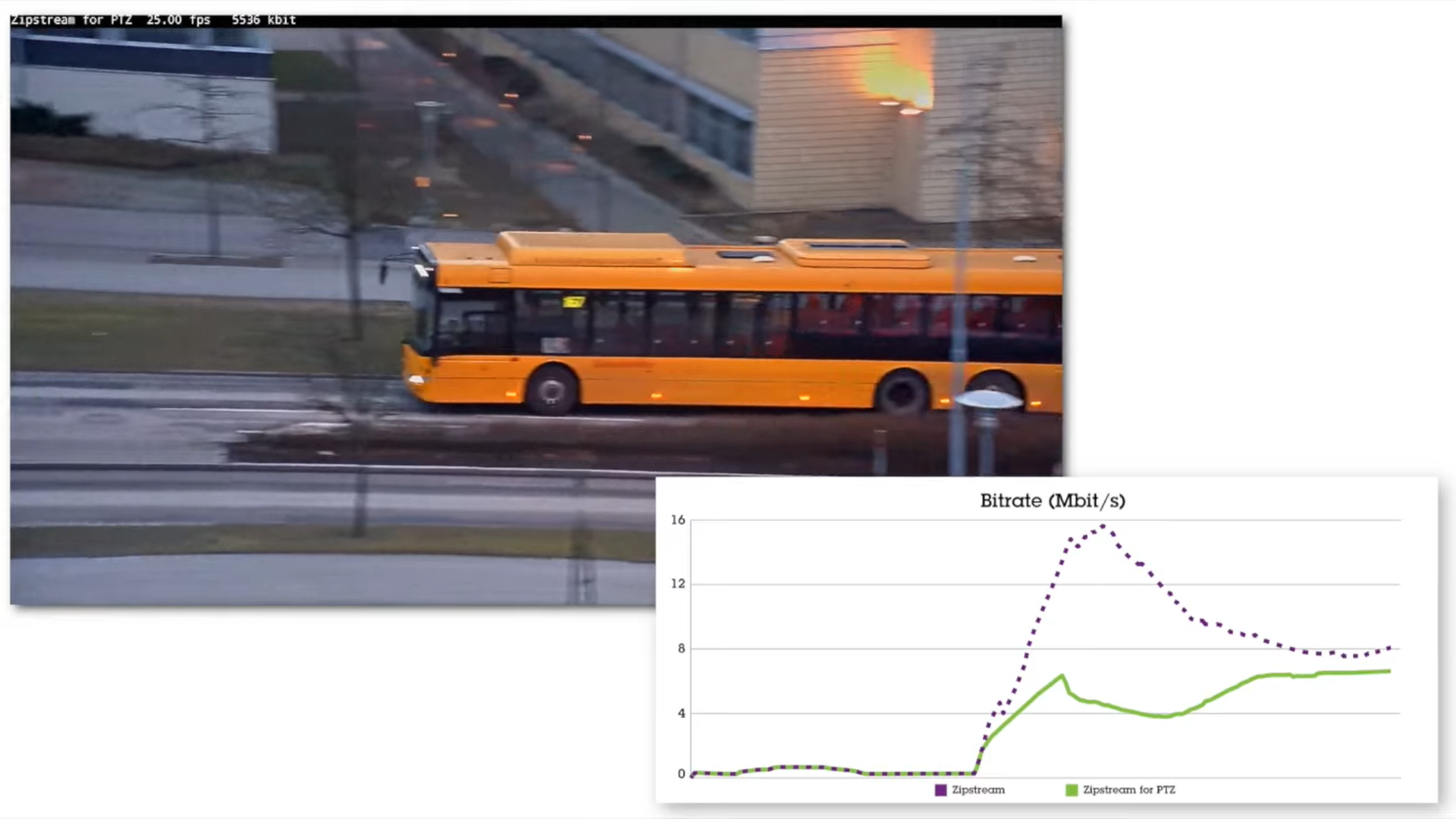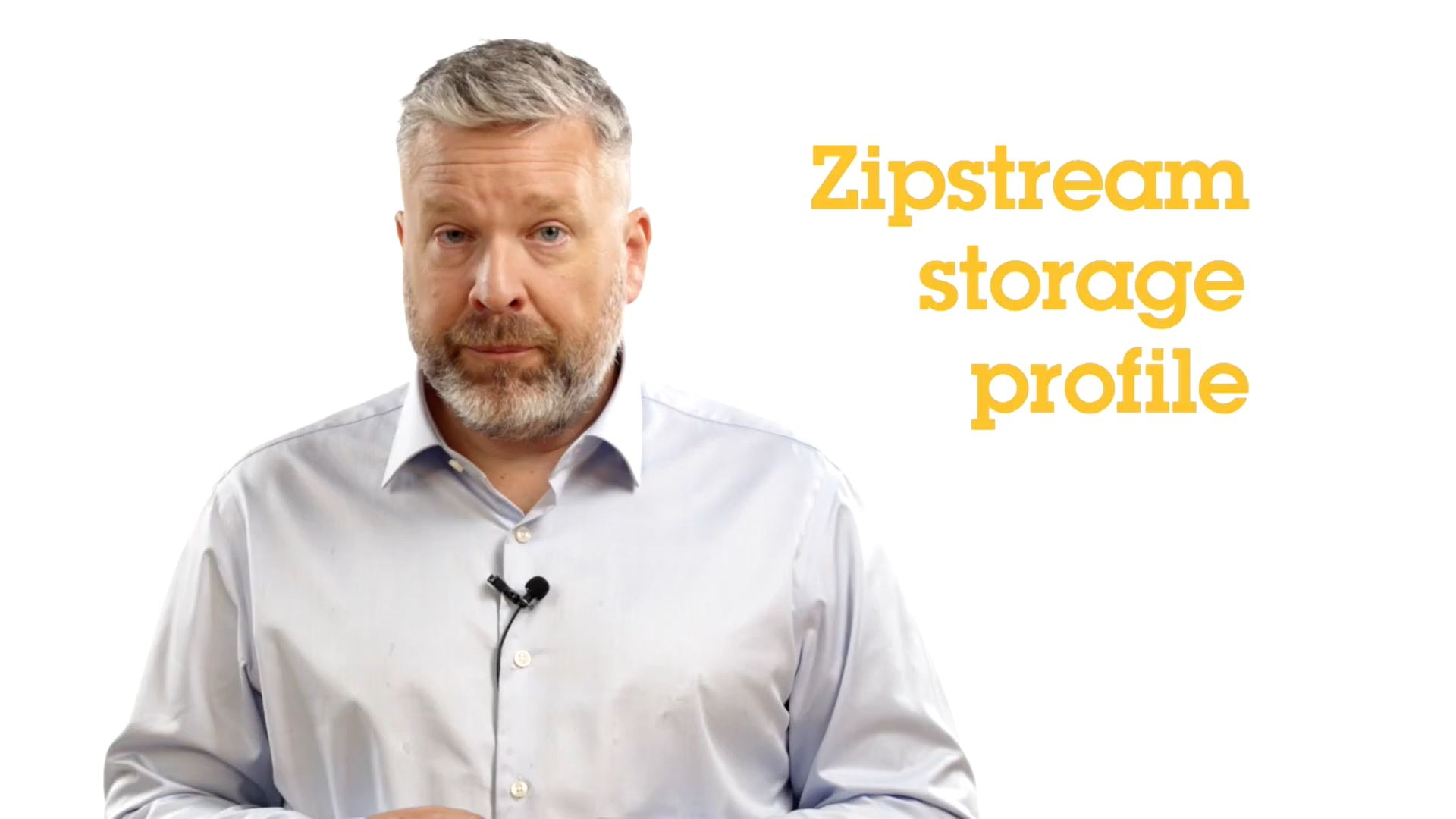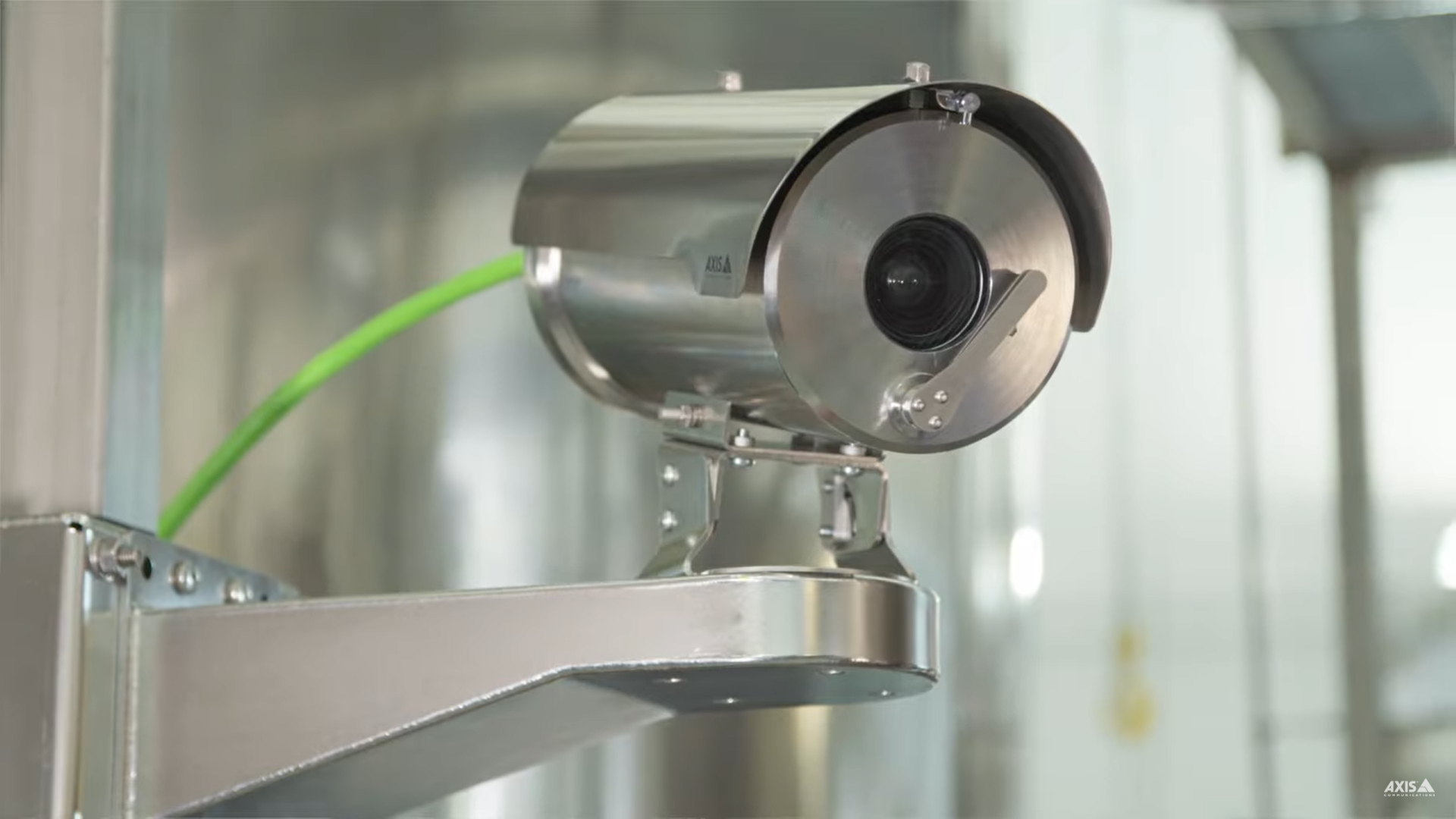Learning portal
This is the gateway to all the learning resources that Axis Communications Academy offers for building your expertise – from training to webinars, to articles, videos, and more, you'll find it here.Compression: H.264 vs Zipstream
In this app, you can compare video compressed using standard H.264 with Axis Zipstream technology, a radically more efficient implementation of H.264. You can see how the bit rate varies depending on the Zipstream level set.
Configuration avancée des caméras
La formation enseigne les techniques de configuration avancée des caméras, y compris la gestion des caméras, l’optimisation des images, la compression et l’intégration des caméras.
Dates et villes disponiblesData center defence with Axis
As data centers expand in size and become more complex, and as their locations spread to meet demand across the globe, how are they being protected from physical threats? In this course you will learn how to secure data centers from perimeter to server rack, how to sell in this space and the importance of TCO.
Read moreFondements de la vidéo sur IP
La formation NVF couvre les notions de base de la vidéo sur IP à travers une approche théorique et pratique, intégrant l’installation et le paramétrage des caméras Axis.
Dates et villes disponiblesFondements de la vidéo sur IP
La formation en classe vous apporte des bases solides concernant la vidéosurveillance sur IP.
Dates et villes disponiblesFrame rate versus Shutter speed
This application allows you to change the frame rate and shutter speed of three sample videos. These two settings are important in understanding how they affect image quality.
Pixel density
Pixel density is usually referred to as pixels per inch (PPI). The higher the PPI, the more detail you’ll find within the image. The Pixel Density application allows you to manipulate different parameters and learn how they affect pixel density.
Virtual light studio
A camera is only as good as the light available. In the Virtual Light Studio application above, you can see how different a scene do appear, depending on how much light there is, what type of light you're using and where you place your lighting.
